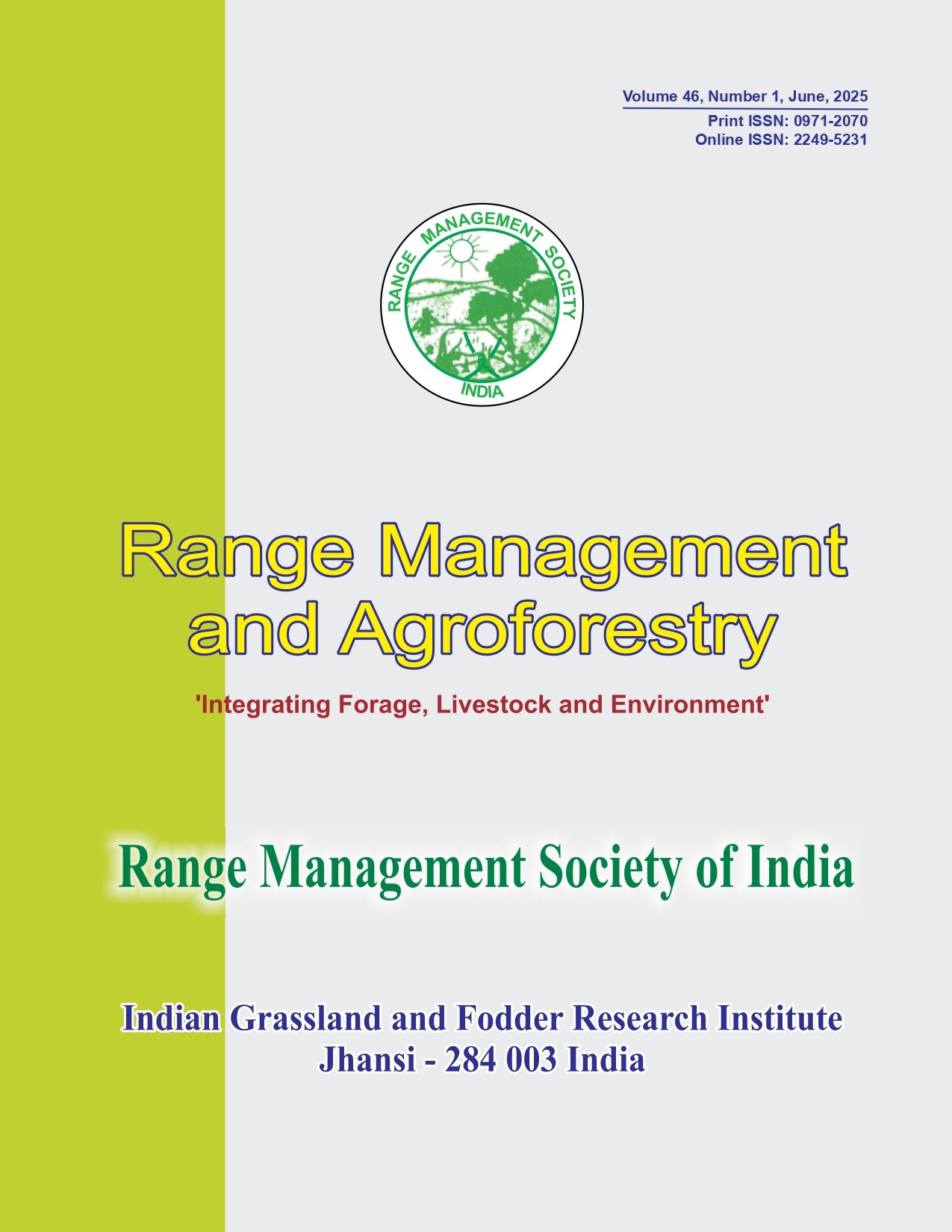Characterization and financial viability of camel production system based on community pastures and forest lands in Rajasthan
Keywords:
Camel production, Investment, Management, Marketing, ReturnsAbstract
Camel herding and breeding, an age old traditional occupation, is not only a significant source of livelihoods and household employment for animal pastoralist and farming communities in western and southern Rajasthan, but also an important desert draft animal for army, transportation and agriculture. In this study on characterization and financial viability of camel breeding enterprise, primary data of randomly selected 157 camel breeders’ households from western and southern Rajasthan were collected and used. Camel breeding under extensive system was the main occupation for more than 90 percent of sample households with average herd size of 37 and 21 camels in western and southern Rajasthan, respectively. Net returns per camel herd per year were estimated at Rs. 7147 and Rs. 101451 with B: C ratio of 1.05 and 1.99 in western and southern Rajasthan, respectively. The camel herding was found financially viable enterprise in both the regions of Rajasthan with a payback period of 04 to 08 years, positive net present value (NPV), and internal rate of return (IRR) of 27.55 and 55.73 percent. The study indicated that the enterprise remains financially attractive in southern Rajasthan but losing its advantage in traditional western region mainly due to market factors and feed scarcity and needs appropriate strategies for sustainable camel production.




